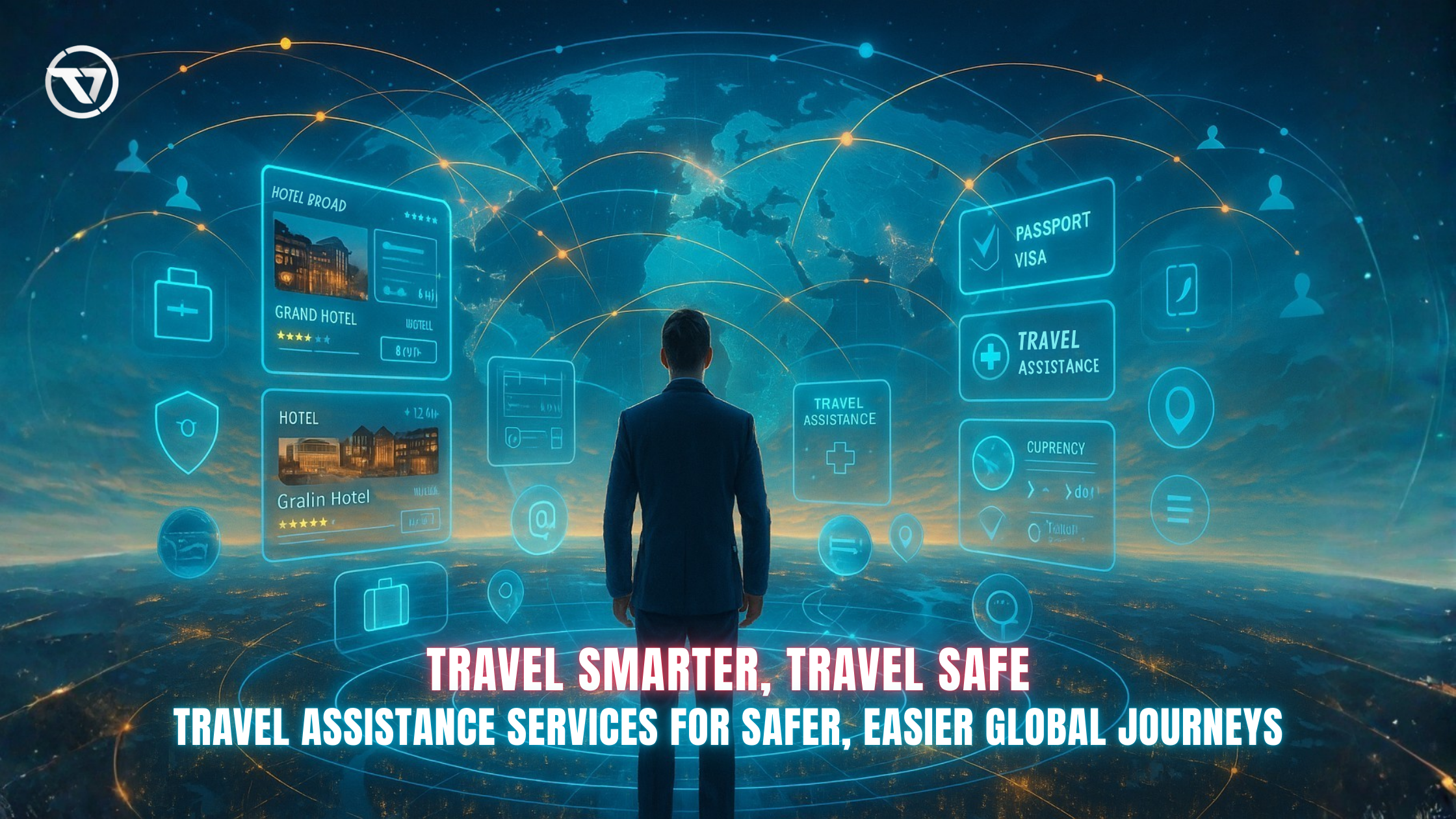
Tariffs Are Rising—Your Business Costs Don’t Have To: How Virtual Assistants Can Save the Day
Trade tensions are once again reshaping the global business landscape. As tariff policies resurface—particularly those stemming from the Trump administration’s economic strategy—businesses across English-speaking countries are seeing rising import costs. The economic pressure is mounting, but the smartest companies aren’t slashing staff or cutting corners. They’re cutting inefficiencies. One of the most effective tools for doing that in 2025? Virtual assistants.
The Renewed Tariff Pressure: What’s Happening Now
As of early 2024, former President Donald Trump announced a plan to introduce a universal 10% tariff on all imports, along with 60% tariffs on goods from China if he’s re-elected. While the full implementation remains uncertain, the proposal alone is already shaking markets and driving up the cost of imported goods.
This is particularly concerning for countries with close economic ties to the U.S. and China. For instance:
-
The UK imported £54.5 billion in goods from China in 2022 alone, and any tariffs affecting China will ripple into UK supply chains.
-
Australia depends on a balance of U.S. and Chinese imports in energy, tech, and machinery. Rising duties could severely impact profit margins for local businesses.
-
Canada, directly impacted by U.S. trade policy, faced billions in retaliatory tariffs in the previous tariff war, primarily in aluminum, steel, and agricultural goods.
Companies who rely on global supply chains are already reporting tightening margins. Instead of absorbing the cost or passing it to customers, forward-looking businesses are reallocating funds—particularly by streamlining labor and admin functions through virtual assistants (VAs).
Tariffs Raise Prices—But You Can Still Lower Your Internal Costs

It’s easy to feel stuck when external policies drive up raw material and logistics costs. But even when you can’t change global trade dynamics, you can change how your business operates.
Here’s what companies are doing right now:
-
Replacing full-time admin roles with VA support
-
Automating repetitive tasks using remote talent
-
Reducing overhead tied to office space and on-site labor
This isn’t about reducing your workforce. It’s about redeploying resources—cutting costs without cutting value. And VAs are leading that charge.
How Virtual Assistants Cut Costs Without Compromising Operations
Labor costs are often the highest single expense for businesses, making them the logical place to start when looking for efficiency. According to the U.S. Bureau of Labor Statistics, total compensation for civilian workers in 2023 averaged $43.26 per hour—including wages and benefits. This doesn’t even include office space, IT infrastructure, training, or insurance.
Virtual assistants flip that equation:
-
You only pay for hours worked
-
You don’t cover benefits or office costs
-
You access skilled professionals trained in everything from CRM management to email marketing
Real Savings: Numbers You Can’t Ignore

Let’s break this down further:
US-Based Admin Assistant
Average Salary: $44,000 per year
(Source: U.S. Bureau of Labor Statistics)
TaskVirtual Full-Time Virtual Assistant
Schedule: 8 hours per day in case of Full Time and 5 days per week.
Hourly Rate: $6.24
Annual Cost:
8 × 5 × 52 × $6.24 = $12,979.20 per year
Cost Savings:
$44,000 – $12,979.20 = $31,020.80 saved annually
This represents a cost reduction of approximately 70.5%
The difference is significant, especially for businesses already dealing with higher tariffs on imports and international services.
Operational Flexibility: No Need for Permanent Staff When Projects Are Temporary
One of the major advantages of working with virtual assistants is scalability. You can bring in a VA to handle increased seasonal workload or one-time projects, and then scale back when demand returns to normal.
In contrast, hiring permanent employees is costly, time-consuming, and inflexible. Recruitment takes an average of 44 days and costs around $4,000 per hire, according to SHRM. Virtual assistants, on the other hand, can be onboarded in 1–3 days and require no long-term commitment.
Increased Efficiency Through Delegation

When business owners or senior managers handle routine tasks—like answering emails, posting on social media, scheduling calls—they’re working below their pay grade. Virtual assistants allow leaders to focus on revenue-driving activities.
Here are just a few high-impact tasks that VAs can manage:
-
Email management and client follow-up
-
Social media planning and posting
-
Market research and competitor analysis
-
CRM and database maintenance
-
Customer support and chat response
Delegating these not only saves time but also ensures nothing falls through the cracks when tariff-related price increases begin affecting order volume or procurement timelines.
How Businesses Use VAs to Stay Lean During Tariff Fluctuations
Case 1:
A UK-based product company, affected by price hikes on Chinese imports, reduced in-house staff from 5 to 3 and now uses two VAs to manage order processing and customer service. Their labor costs dropped by 38% in the first quarter.
Case 2:
A Canadian marketing agency outsourced content scheduling and basic SEO tasks to a VA team during tariff-induced contract slowdowns. They kept clients happy while cutting their monthly wage bill by $2,400 CAD.
Case 3:
An Australian e-commerce site saw margins erode due to increasing material costs. They reinvested savings from admin VA support into automation tools that reduced their dependency on imported packaging.
These aren’t “replacements” of staff—they’re redeployments of human resources to where they’re needed most.
Why TaskVirtual Is a Trusted Partner in Tough Times
There are many VA platforms out there—but TaskVirtual’s virtual assistant help stands out for a few key reasons:
Expert Support at Competitive Rates
Their pricing starts at $3.12/hour, making them one of the most cost-effective options in the market—without sacrificing quality.
Skilled, Specialized Professionals
Whether you need a personal assistant or a lead gen pro, their VAs are trained to handle complex tasks efficiently.
Proven Reliability
TaskVirtual has received 364+ positive reviews with an impressive 4.7-star average rating across multiple platforms, highlighting their consistency and professionalism.
Dedicated Client Support
They offer a free consultation to help you define exactly what you need—and then match you with the right VA for the job.
Tariffs aren’t going away. Whether they increase due to changing political winds or remain static, the global trade environment is uncertain. But instead of waiting for clarity or pushing panic decisions, you can act now by controlling the variables that are within your reach.
Virtual assistants give you room to breathe, scale, and save. They help absorb the economic shocks—like rising tariffs—by reducing internal inefficiencies. In doing so, they give you back control over your business model.
Whether you’re running lean by necessity or scaling smart by design, now’s the time to invest in flexibility and resilience. And TaskVirtual is the partner that can get you there.






